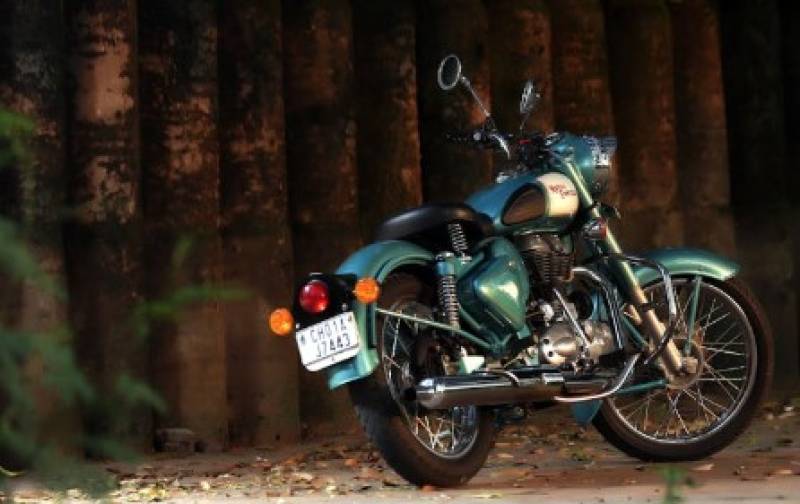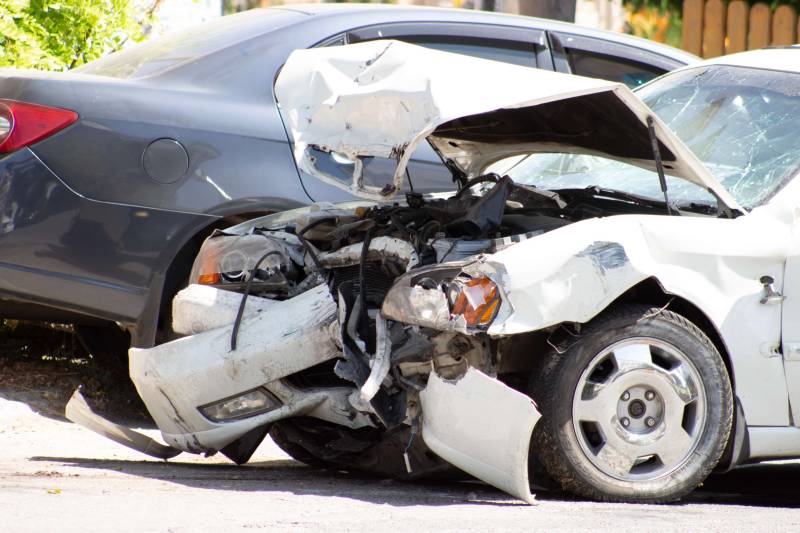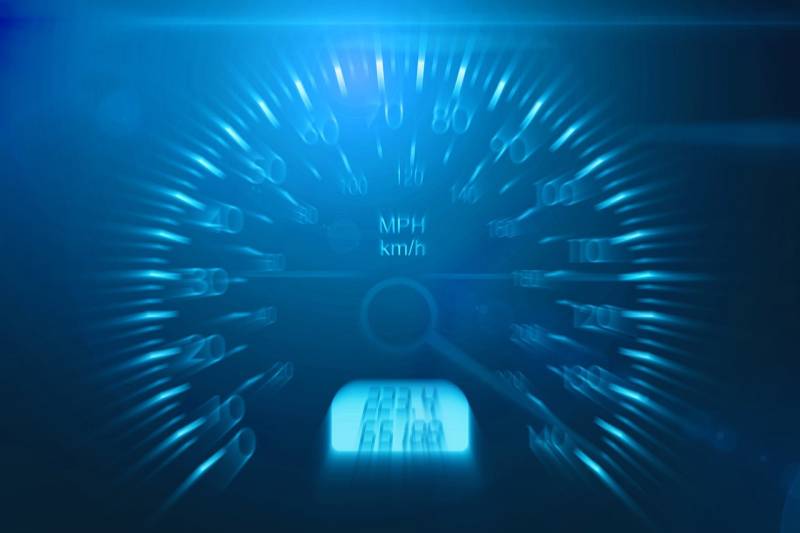

Guidelines for submitting articles to Mazarron Murcia
Hello, and thank you for choosing Mazarron Murcia to publicise your organisation’s info or event.
Mazarron Murcia is a website set up by Murcia Today specifically for residents of the urbanisation in Southwest Murcia, providing news and information on what’s happening in the local area, which is the largest English-speaking expat area in the Region of Murcia.
When submitting text to be included on Mazarron Murcia, please abide by the following guidelines so we can upload your article as swiftly as possible:
Send an email to editor@spaintodayonline.com or contact@murciatoday.com
Attach the information in a Word Document or Google Doc
Include all relevant points, including:
Who is the organisation running the event?
Where is it happening?
When?
How much does it cost?
Is it necessary to book beforehand, or can people just show up on the day?
…but try not to exceed 300 words
Also attach a photo to illustrate your article, no more than 100kb

Eight new DGT rules every motorcyclist and cyclist in Spain needs to know
Fresh safety measures aim to cut road deaths and improve coexistence between drivers and two-wheelers
 Spain’s traffic authority has rolled out a series of new rules this year that will directly affect both motorcyclists and cyclists. The Directorate General of Traffic (DGT) says the changes are designed to make journeys safer and reduce the number of serious accidents on the country’s roads.
Spain’s traffic authority has rolled out a series of new rules this year that will directly affect both motorcyclists and cyclists. The Directorate General of Traffic (DGT) says the changes are designed to make journeys safer and reduce the number of serious accidents on the country’s roads. Cyclists are also included in the new DGT plans. Like motorcyclists, they are now required to make themselves visible in poor conditions from a distance of 150 metres. On urban roads limited to 30 km/h, cyclists can cycle in the opposite direction during jams, provided they keep to the centre of the lane and leave at least 1.5 metres between themselves and cars. Meanwhile, from 2025 groups of cyclists will be permitted to ride side by side, using up to two lanes, as long as they stay as close as possible to the right-hand side.
Cyclists are also included in the new DGT plans. Like motorcyclists, they are now required to make themselves visible in poor conditions from a distance of 150 metres. On urban roads limited to 30 km/h, cyclists can cycle in the opposite direction during jams, provided they keep to the centre of the lane and leave at least 1.5 metres between themselves and cars. Meanwhile, from 2025 groups of cyclists will be permitted to ride side by side, using up to two lanes, as long as they stay as close as possible to the right-hand side.8 Rules at a glance
For motorcyclists
For cyclists
Find all the latest motoring and travel news here or join our Driving in Spain Facebook group for regular updates
 Ecoadventure, based in Bolnuevo, Mazarrón, offers a range of outdoor experiences that combine adventure with environmental awareness. Their most popular activity is a two-hour guided tour in a 100% electric buggy through the protected landscapes of the Calas de Bolnuevo. Ideal for couples, each buggy seats two people and includes scenic stops and the chance to swim or snorkel at Cala Leño.
Ecoadventure, based in Bolnuevo, Mazarrón, offers a range of outdoor experiences that combine adventure with environmental awareness. Their most popular activity is a two-hour guided tour in a 100% electric buggy through the protected landscapes of the Calas de Bolnuevo. Ideal for couples, each buggy seats two people and includes scenic stops and the chance to swim or snorkel at Cala Leño.
















